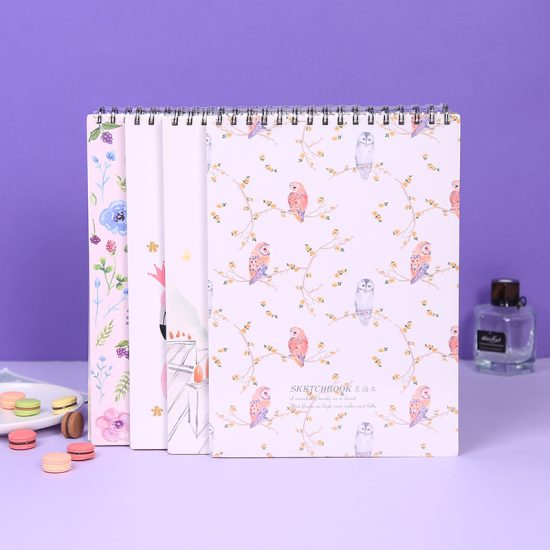Notebooks can be valuable tools for boosting memory and retention. Here are some techniques you can use with your notebook to enhance your memory:
- Active Note-Taking: Instead of passively copying information, engage actively with the material while taking notes. Paraphrase and summarize ideas in your own words, highlighting key points, and connecting related concepts. This process of encoding information actively helps in better understanding and retention.
- Use Visual Aids: Incorporate visual aids like diagrams, charts, graphs, or mind maps in your notes. Visual representations help in creating mental associations, making information easier to remember and recall. Visuals can also add variety and engagement to your note-taking process.
- Utilize Color Coding: Assign specific colors to different topics, categories, or themes in your notes. This color coding technique helps in organizing information and making it more visually distinctive. When reviewing your notes, the colors can act as retrieval cues, triggering memory recall.
- Create Mnemonics and Acronyms: Mnemonics are memory aids that help you remember information through associations or patterns. Create mnemonics or acronyms to condense complex information into memorable and easily retrievable formats. Use your notebook to jot down these memory aids for future reference.
- Review and Summarize: Regularly review your notes to reinforce the information in your memory. Summarize key points or create concise summaries at the end of each section or topic. This process of review and summarization strengthens memory consolidation and helps in long-term retention.
- Active Recall and Quizzing: Use your notebook for active recall exercises and self-quizzing. Cover up parts of your notes and try to recall the information. Alternatively, create questions or prompts related to the material and answer them from memory. This practice enhances retrieval strength and promotes long-term retention.
- Create Personal Connections: Relate new information to your existing knowledge or personal experiences. Look for real-life examples or analogies that make the information more meaningful and relatable. Writing down these connections in your notebook helps in strengthening memory associations.
- Spaced Repetition: Spread out your review sessions over time using the spaced repetition technique. Rather than cramming all the information at once, review your notes at regular intervals, gradually increasing the time between each review. This spaced repetition approach maximizes memory retention and reduces forgetting.
- Practice Retrieval: Actively retrieve information from your memory without referring to your notes. Recreate key concepts, explanations, or examples from memory, and then compare your recall with your notes for accuracy. This practice strengthens memory recall and helps identify areas that need further review.
- Engage in Reflective Writing: Use your notebook for reflective writing exercises. After learning new information or completing a task, write a brief reflection on what you’ve learned, challenges faced, and potential improvements. This reflective practice deepens understanding and enhances memory consolidation.
Remember that consistent practice, active engagement, and deliberate review are key to improving memory and retention. Incorporate these techniques into your note-taking process using your notebook, and adapt them to suit your learning style and preferences.


